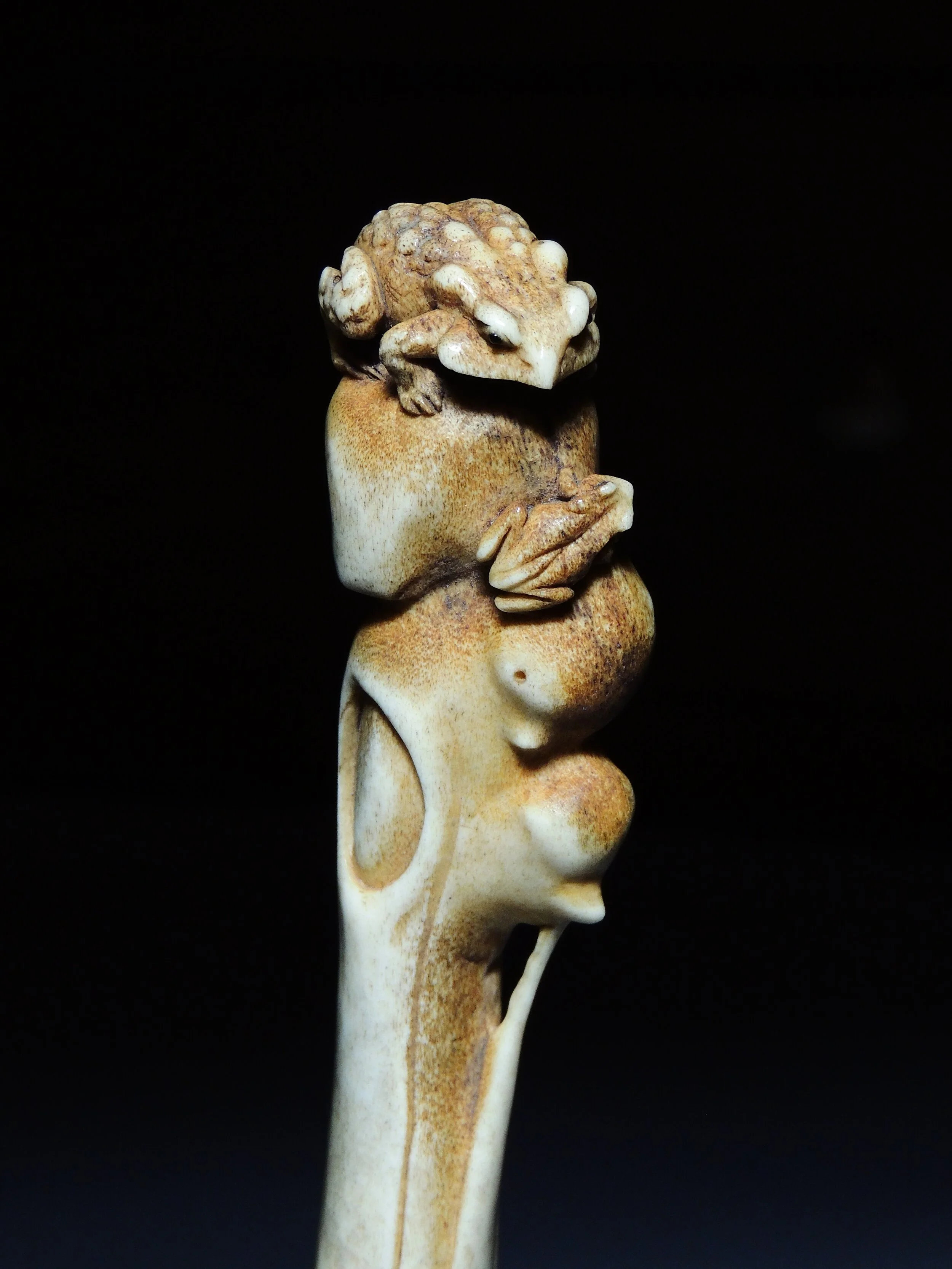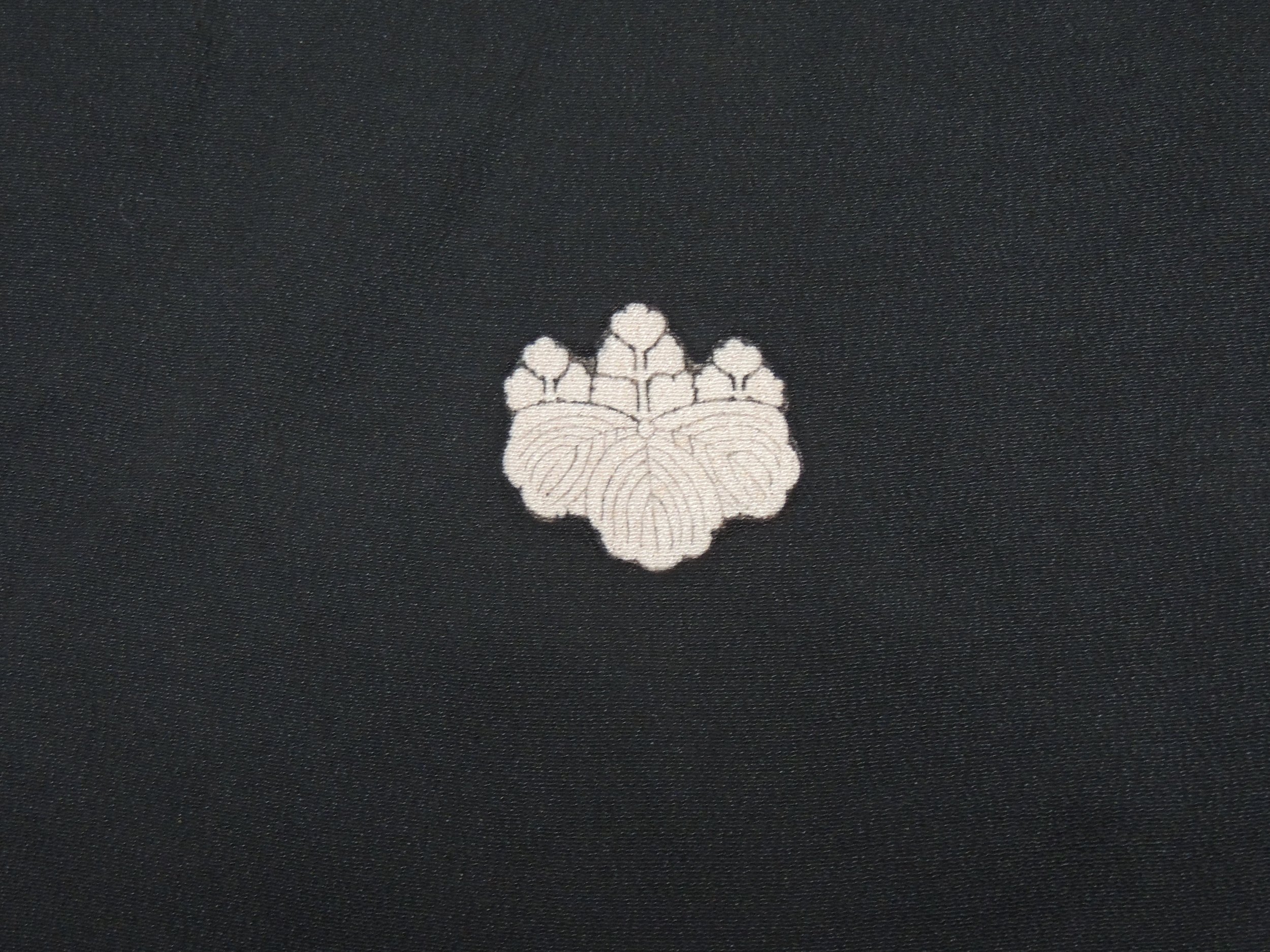Photo Nippon Yusen Kaisha from the book “Peoples Of All Nations”.
Anonymous
Meiji period 20th century
1910
Dolls
A pair of Japanese Hina dolls. These dolls are Dairi-Bina (the Imperial Couple) in the Plumper style of the mid-nineteenth century. The dolls were made on “the lucky day” of February 1910 just at the end of the Meiji Period. Made of beautiful fabric and embroidery, the hands, feet and heads are made of wood painted in Gofun powder “oyster shell” paint with inlayed glass eyes and real human hair.
Published in “The Traditional Arts of Japan” H. Batterson Boger.
Every year in Japan on the 3rd of March the Japanese people celebrate Hinamatsuri (Dolls Day) parents take their children to buy and display dolls. A miniature representation of Japanese figures of all kinds from emperors to warriors and house furnishings.
Anonymous
Size Empress 229mm x 254mm
Size Emperor 241mm x 254mm








